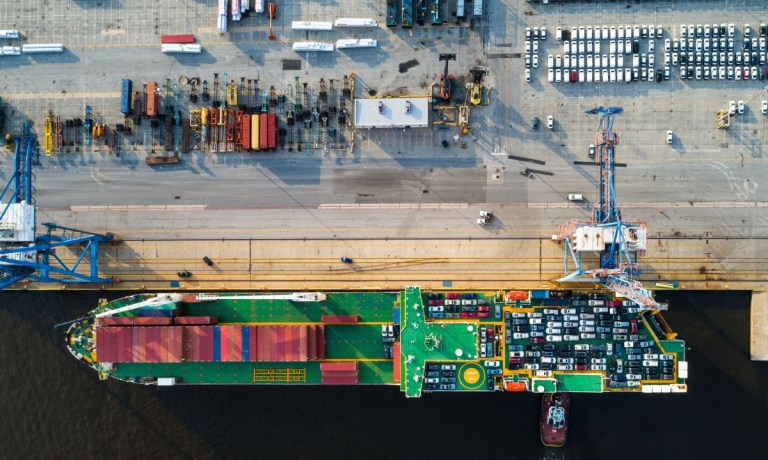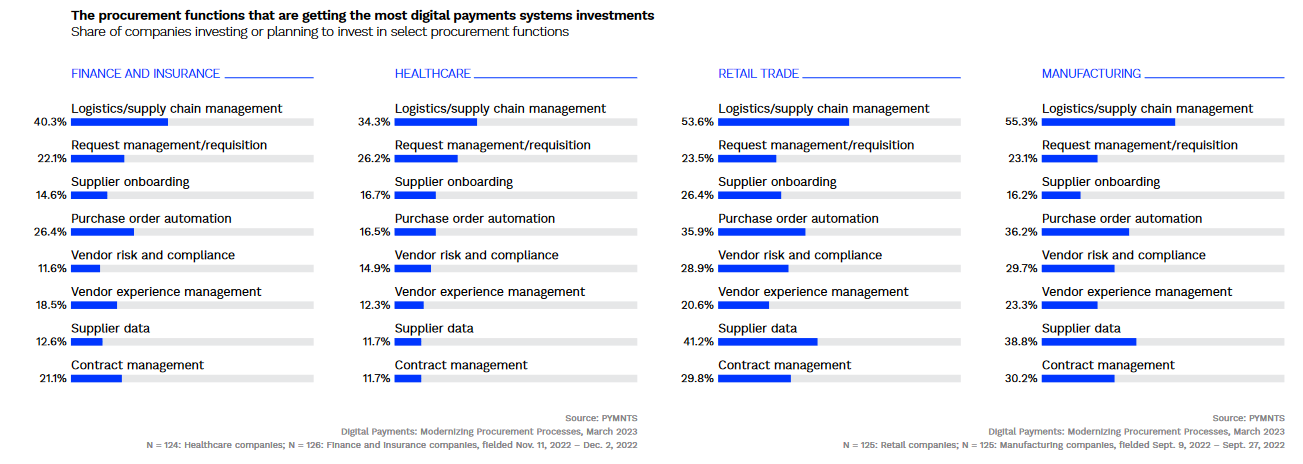
While government crews continue to work on opening up a temporary, alternate shipping route around the site of last week’s catastrophic bridge collapse, how the incident will impact the global supply chain remains unclear.
The Francis Scott Key Bridge crumbled on March 26 after a cargo ship lost power and rammed into the structure. The crash not only resulted in the deaths of six construction workers but brought shipping traffic in and around Baltimore to a standstill.
Officials are now faced with two painstaking tasks: removing thousands of tons of steel and concrete currently clogging Maryland’s Patapsco River and rerouting Baltimore-bound ships to other ports up and down the eastern seaboard.
Rerouting the traffic is a formidable undertaking. According to The Associated Press, more than 50 different shipping companies and cruise lines depend on the waterway. Last year alone, it processed 11.7 million tons of cargo, making it the ninth-busiest international shipping port in the U.S.
And as PYMNTS reported last week (March 27), numerous industries are especially dependent on the Port of Baltimore, which “ranks first among the nation’s ports for volume of automobiles and light trucks, roll on/roll off heavy farm and construction machinery, imported sugar, and imported gypsum.”
Two days after the collapse, Transportation Secretary Pete Buttigieg issued a statement assuring Americans, “We are much better equipped to mitigate supply chain disruptions than we were just a few years ago, thanks to increased coordination across the supply chain and new efforts to strengthen both our physical and digital infrastructure.”
It may be tempting to chalk up Buttigieg’s comments as election-year optimism, but, according to PYMNTS Intelligence data, U.S. corporations may now be better positioned to bounce back from a widespread supply chain disruption than they were even a few years ago.
As PYMNTS Intelligence found in compiling its “Digital Payments: Modernizing Procurement Processes” report, corporations learned painful lessons from the supply chain disruptions that the global pandemic triggered. As a result, many of those companies took steps to improve their supply chain procedures.
The report, which is based on a survey of 500 CFOs representing a wide variety of companies operating in multiple industries, revealed that manufacturers and retailers treated logistics and supply chain improvements as a top priority following the pandemic’s peak.
When surveyed, 55% of manufacturers and 54% of retailers said they were investing heavily in improvements to their procurement systems as well as upgrades to their logistics and supply chain functions.

Similarly, 40% of finance and insurance organizations and 34% of healthcare companies were also investing in technologies to improve their procurement systems’ logistics and supply chain functions.
Many respondents also said they were focused on enhancing supplier data systems — such as real-time inventory information and supply chain analytics. Supplier data systems can help businesses better plan and forecast inventory needs, while, at the same time, giving them visibility to broaden supply chains as needed. In the early days of the pandemic, this was one key area where supply-chain inefficiencies became apparent.
PYMNTS Intelligence found that 41% of retailers and 39% of manufacturers were investing in improvements to those systems and upgrading supplier data. Similarly, 12% of healthcare companies and 13% of finance and insurance businesses were making similar strides.
Twenty-six percent of healthcare companies were also investing in improved procurement systems and request management and requisition software, as were 22% of finance and insurance companies. Meanwhile, about 36% of retailers and manufacturers were investing in better purchase order automation to improve inventory visibility.
Although disastrous events can trigger repercussions around the globe, they have also forced companies to invest in upgrades that have resulted in smoother procurement and supply chain efficiencies. Now, in the wake of another tragedy that could also derail international shipping, business owners can take some comfort knowing that the lessons of the past may result in reduced catastrophe this time.